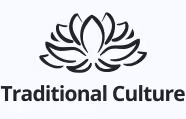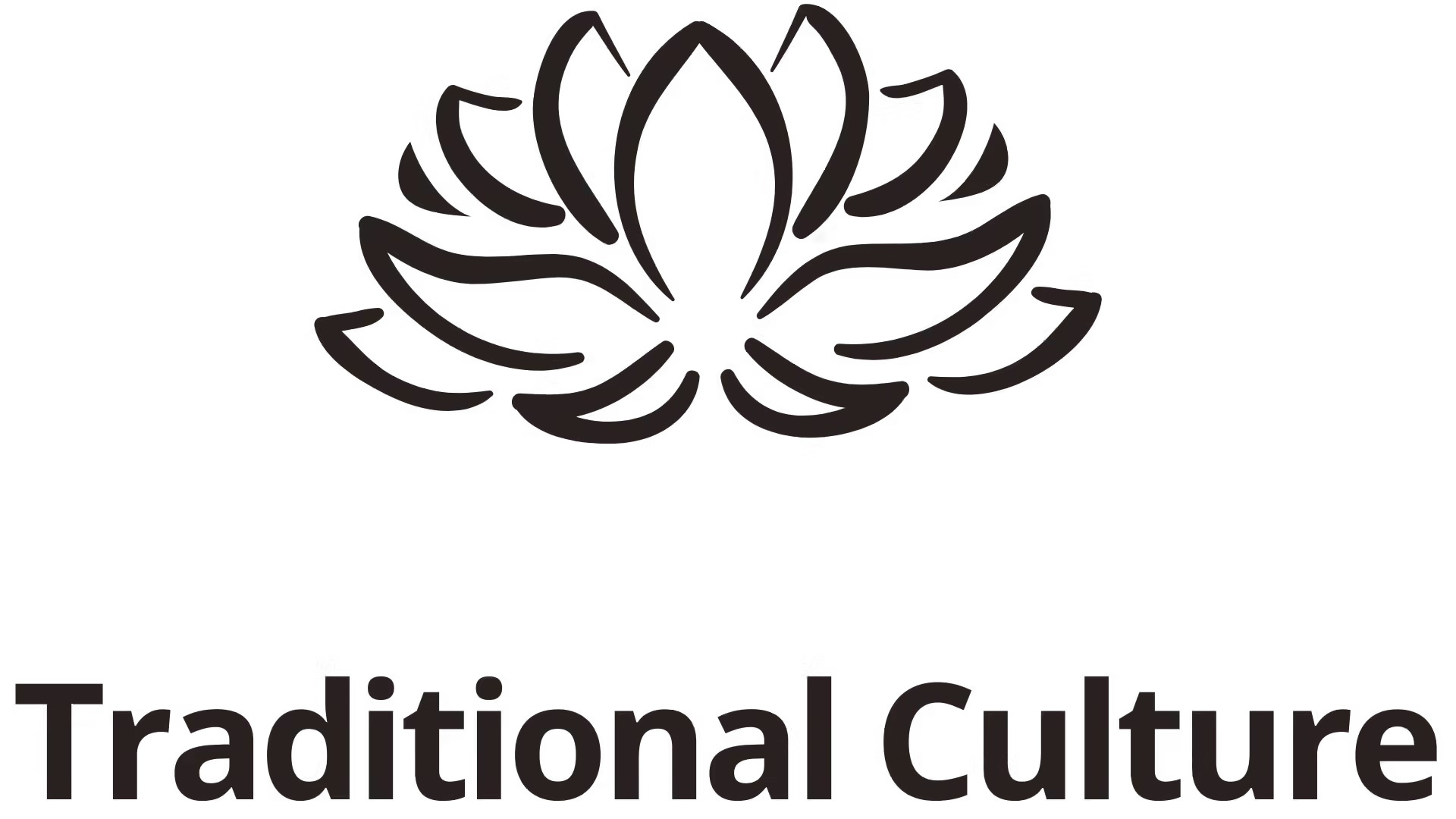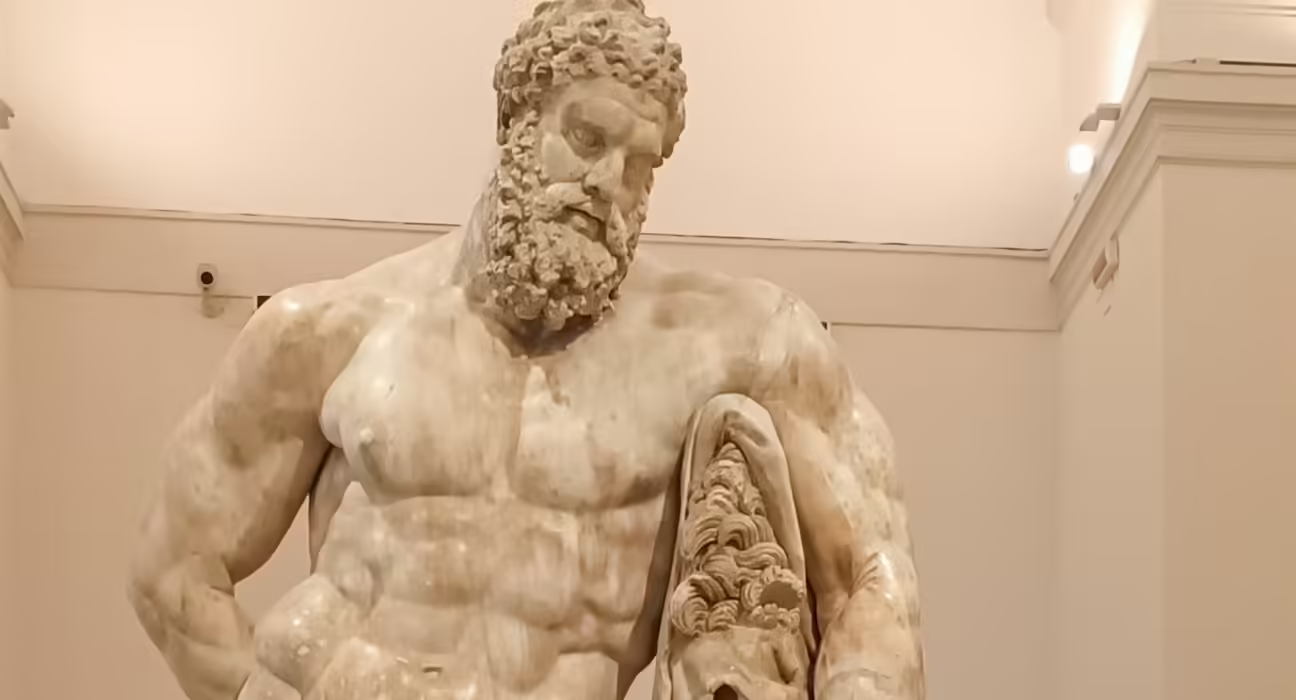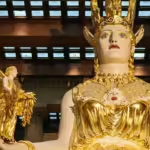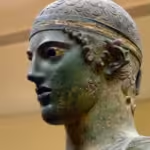Farnese Hercules stands as a monumental piece of art, transcending time and cultural boundaries. This remarkable sculpture not only embodies the ideals of strength and resilience but also serves as a reflection of the complexities of human existence. Crafted by the talented artist Glycon in the third century AD, this stunning representation of Hercules invites contemplation on our own lives and struggles. Through its intricate details and powerful symbolism, Farnese Hercules continues to resonate with audiences around the world, inspiring thoughts about courage, endurance, and the human spirit.
The Historical Context of Farnese Hercules

Before delving into the artistic merits and cultural significance of Farnese Hercules, it is essential to understand the historical backdrop against which this masterpiece was created. During the Roman Empire’s expansive period, art flourished as a means of expressing societal values and beliefs. Farnese Hercules emerged from this rich tapestry of creativity and philosophy.
The Roman Empire: A Cultural Melting Pot
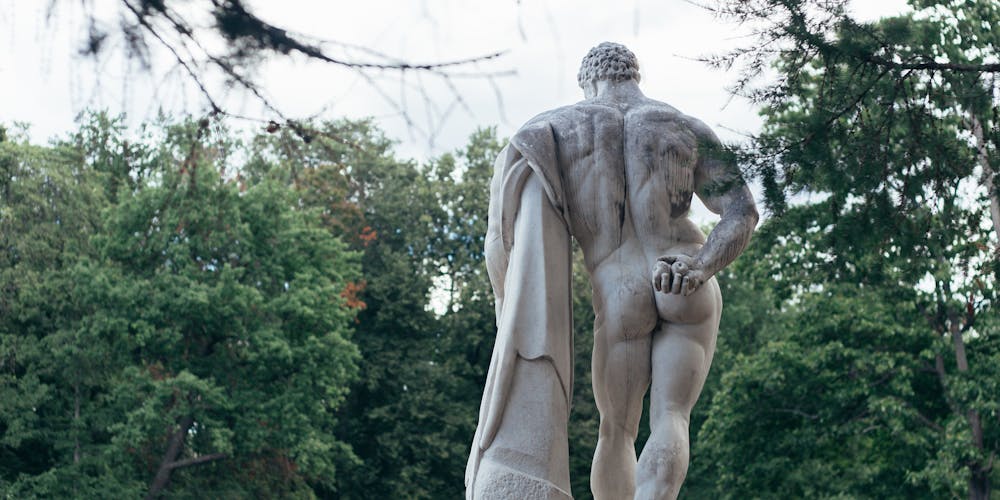
The Roman Empire was known for its vast territories encompassing diverse cultures, traditions, and practices. As a result, the art produced during this era often reflected a blend of influences from conquered lands, particularly Greek culture.
Roman artists were deeply inspired by Greek mythology, adopting themes, deities, and sculptural techniques. In this context, Farnese Hercules represents not just a singular figure but a confluence of Eastern and Western artistic inspirations. Hercules, a hero in both Greek and Roman mythology, symbolizes the virtues of bravery and physical prowess, making him an ideal subject for artistic representation.
The choice of Hercules as a central figure speaks volumes about the Roman values placed on strength and determination. Farnese Hercules captures the essence of these traits, embodying the heroic narrative that resonated with audiences of that time.
Glycon: The Master Craftsman

Crafted by the skilled hands of Glycon, the statue reflects not only the technical excellence of Roman sculptors but also their ability to convey deep emotional narratives through stone. Glycon’s expertise lay in his capacity to portray the human form with remarkable realism, breathing life into the marble.
His portrayal of Hercules is particularly noteworthy. Rather than merely depicting a muscular figure, Glycon infused the statue with a sense of repose that invites viewers to ponder Hercules’ internal struggles. This complex representation highlights the multifaceted nature of heroism—strength combined with vulnerability.
Symbolism in Ancient Rome: Strength and Resilience
In ancient Rome, sculptures served as visual narratives that conveyed powerful messages. Farnese Hercules encapsulates the values that were held dear by Roman society: physical strength, perseverance, and the triumph over adversity. The lion’s skin draped over Hercules’ shoulder serves as a potent symbol of conquest over formidable challenges, reminding observers that true strength lies not only in fighting battles but also in surviving and thriving after them.
As the figure of Hercules leans on his club, he embodies the delicate balance between power and exhaustion. This duality resonates with modern viewers, who often grapple with their own personal battles. Farnese Hercules becomes not just a statue but a mirror reflecting our shared humanity—a reminder that every individual faces struggles on their journey through life.
The Artistic Excellence of Farnese Hercules
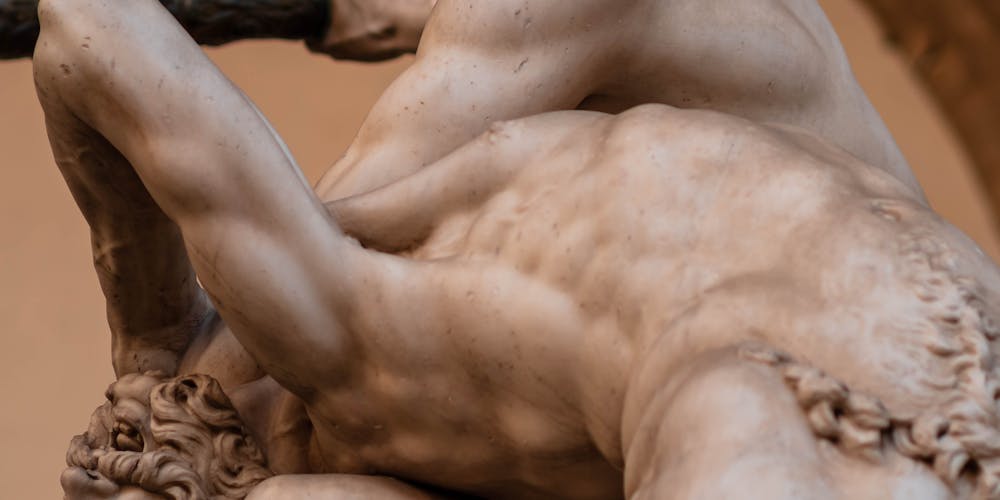
The aesthetic brilliance of Farnese Hercules cannot be overstated. Beyond its historical context, the statue represents a pinnacle of artistic achievement, showcasing the skill and vision of its creator. From the way light interacts with the intricacies of the sculpted muscles to the serene expression on Hercules’ face, there is much to explore within this masterpiece.
Masterful Craftsmanship and Techniques
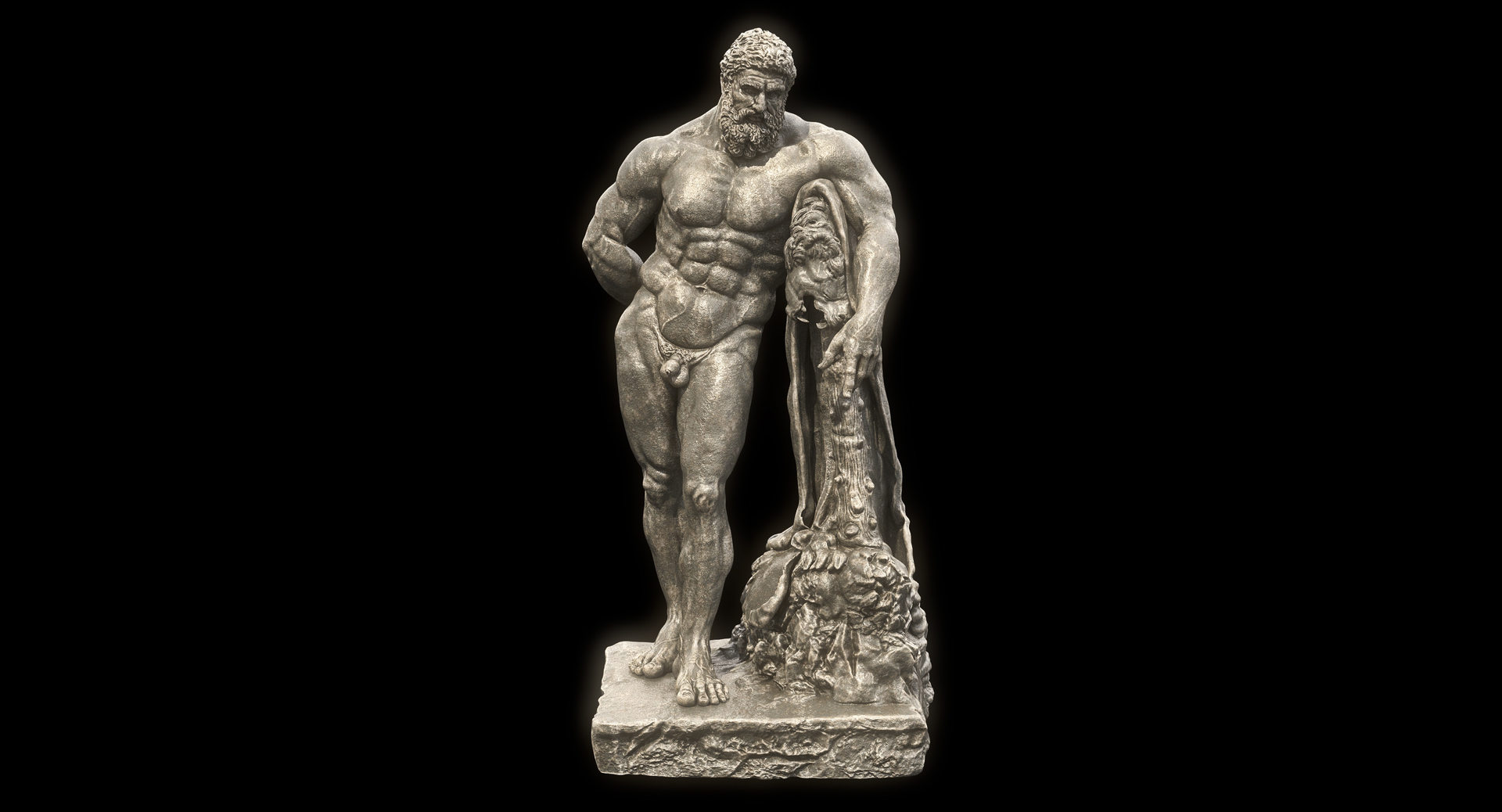
Glycon’s work on Farnese Hercules is a testament to the advanced techniques employed by Roman sculptors. The meticulous attention to detail is visible in the lifelike depiction of Hercules’ muscles, revealing not just physical strength but also the subtleties of human emotion.
The play of light and shadow on the statue creates a dynamic quality, giving it a sense of movement despite its static form. Each contour and line has been crafted with precision, demonstrating Glycon’s profound understanding of human anatomy and proportion. Such mastery allows viewers to engage emotionally with the piece, drawing them into a relationship with the figure before them.
Emotional Resonance: More Than Just a Figure
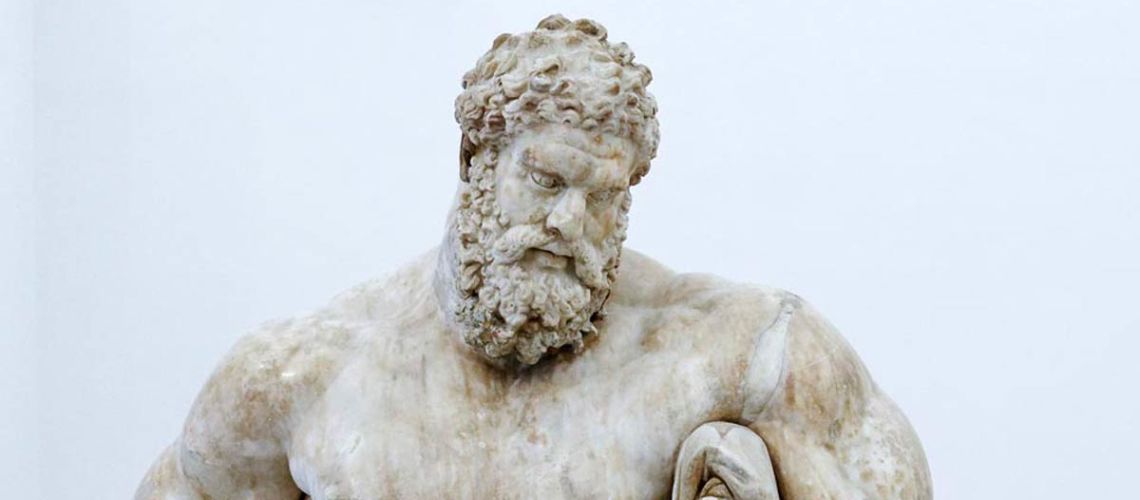
The emotional depth of Farnese Hercules sets it apart from other sculptures of its time. While many artistic representations focus solely on exterior appearances, Glycon’s interpretation adds layers of meaning that resonate on a personal level.
Hercules, seen in repose, invites contemplation. He is not merely resting; he is reflecting on his past trials and the weight of his victories. This moment of introspection is palpable, evoking a sense of empathy from the viewer. One can imagine the hero contemplating the sacrifices made along his path to greatness. It serves as a reminder of the emotional toll that comes with strength.
Moreover, Farnese Hercules communicates the fragility of the human experience. The juxtaposition of Herculean might against a backdrop of vulnerability encapsulates a universal truth: that even the strongest among us have moments of doubt and weariness. This theme resonates deeply in contemporary society, where individuals are constantly faced with their own battles.
Cultural Significance in Art History

Throughout art history, Farnese Hercules has influenced generations of artists and thinkers. Its presence in prominent museums like the Uffizi Gallery and the Metropolitan Museum of Art underscores its importance in the canon of Western art.
The statue has inspired countless interpretations and adaptations, spanning across various artistic movements, including Neoclassicism and the Renaissance. Artists have found solace and inspiration in the imagery of Hercules, using his figure as a metaphor for the human condition.
Even today, the themes presented in Farnese Hercules continue to inform discussions surrounding mental health, physical strength, and the nature of heroism. The notion that strength comes in different forms resonates with people striving for personal growth and self-acceptance.
The Cultural Legacy of Farnese Hercules

The enduring legacy of Farnese Hercules speaks to its relevance beyond the confines of art. This masterpiece has inspired philosophers, writers, and artists throughout the ages, becoming a symbol of resilience and the human spirit’s capacity to overcome.
Inspiration Across Cultures and Eras

From the Renaissance to modern times, Farnese Hercules has served as a source of inspiration for creative minds. Artists have sought to capture the essence of strength depicted in the statue, often reinterpreting it within their own cultural contexts.
During the Renaissance, the revival of classical themes led to a renewed interest in statues like Farnese Hercules. Artists such as Michelangelo drew upon its imagery, infusing their works with the ideals of humanism and physical perfection. This connection illustrates how art can transcend time, continually influencing new generations of creators.
In contemporary society, Farnese Hercules resonates with movements advocating for mental health awareness and emotional resilience. The statue’s portrayal of strength acknowledges that vulnerability exists alongside power. This duality encourages conversations about the importance of mental well-being, self-care, and the need for support in facing life’s challenges.
Philosophical Reflections on Humanity

Beyond the realm of art, Farnese Hercules serves as a catalyst for philosophical inquiry. Scholars and thinkers have explored the implications of Hercules’ journey, examining notions of heroism, sacrifice, and the pursuit of greatness.
In a world filled with challenges, the story of Hercules prompts reflections on our own lives. Are we not all heroes in our narratives, confronting obstacles and striving for our own versions of success? This perspective encourages individuals to embrace their journeys, acknowledging both triumphs and tribulations as integral parts of the human experience.
By contemplating the emotional weight carried by Farnese Hercules, one can derive insights into the nature of strength itself. True strength is not solely defined by physical prowess but encompasses resilience, empathy, and the willingness to confront one’s fears. This message is more relevant than ever in today’s fast-paced world, where the pressures of modern life can feel overwhelming.
A Universal Symbol of Strength
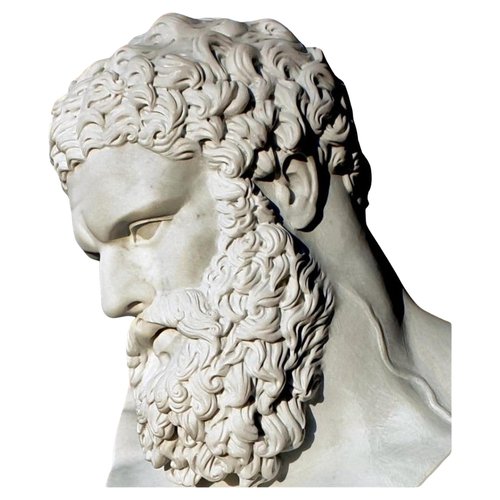
Ultimately, Farnese Hercules stands as a universal symbol of strength that transcends geographical and temporal boundaries. Its influence extends far beyond the walls of museums, resonating with individuals from all walks of life.
As people encounter the statue in galleries or discussions, they may find themselves drawn to its story—the tale of a hero navigating the complexities of existence. Each viewer brings their own experiences and challenges to the encounter, allowing Farnese Hercules to serve as a point of connection between diverse lives and perspectives.
In this way, Farnese Hercules reminds us that while we may face unique struggles, the quest for strength, understanding, and resilience is a shared human endeavor. The statue beckons us to reflect on our journeys, encouraging us to find meaning in our own stories.
Conclusion
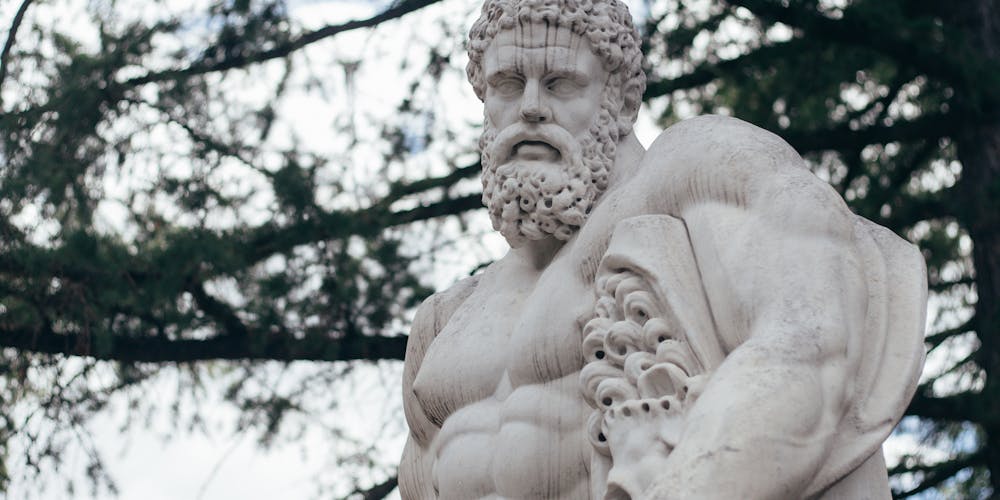
In conclusion, Farnese Hercules remains a timeless masterpiece that embodies the complexity of the human condition. From its historical roots in the Roman Empire to its profound influence on art and culture, this sculpture continues to inspire introspection, creativity, and dialogue.
Through its intricate craftsmanship and emotional resonance, Farnese Hercules invites individuals to confront their challenges while celebrating their strengths. It serves as a reminder that heroism is not limited to grand gestures but is found in the quiet moments of resilience and vulnerability.
As we navigate the trials of modern life, the figure of Hercules stands as a testament to the enduring power of the human spirit. In seeking inspiration and understanding, we can turn to Farnese Hercules as a guide, a symbol of hope, and a reflection of our collective journey toward strength and self-discovery.
✉️ Stay Connected — Subscribe for Weekly Updates
Discover timeless stories, practical wisdom, and beautiful culture — delivered straight to your inbox.
*We only share valuable insights — no spam, ever.

